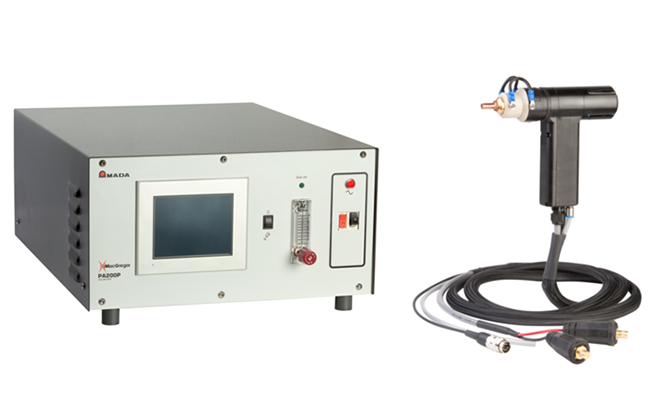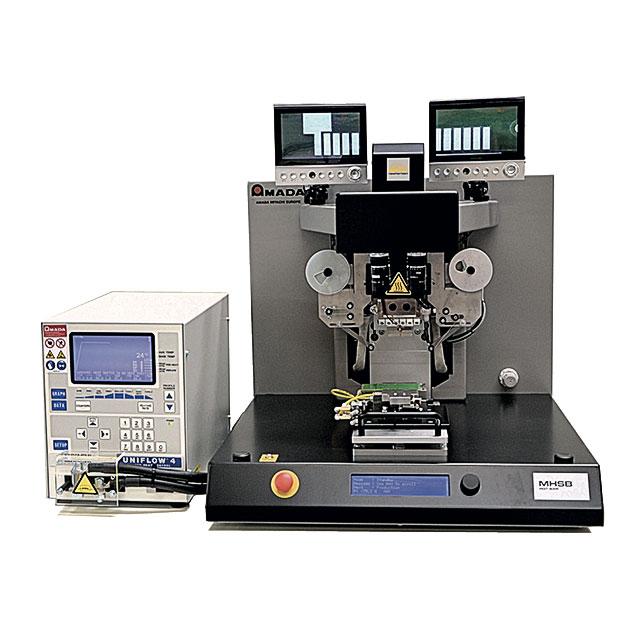Laser Welding / Laser Marking
Lasers produce a beam of high intensity light which, when focused into a single spot, provide a concentrated heat source, allowing narrow deep welds and fast welding speeds. The process is frequently used in high volume applications such as in the automotive and medical industries. Laser welding is a non-contact process which requires access to the weld zone from only one side of the parts being welded. There are many joint geometries that can be welded, but there must be a close fit-up at the joint interfaces, which makes tooling a key aspect for laser welding success.
Laser Marking, also known as ‘laser engraving’ or ‘laser etching,’ is a marking method which utilizes laser light to mark materials using a fine spot diameter ranging. The laser engraver marks with short pulses (10’s-100’s of nanoseconds), providing precise control, and negligible heat input to the part.
Micro TIG Welding
- Micro TIG welding (micro tungsten inert gas), also known as pulse arc welding, is an arc welding process that uses a non-consumable tungsten electrode to produce an arc which creates the weld. Micro TIG welding is a non-contact process, which, like laser welding, requires an external fixture to apply force to create proper part fit up. It utilizes a constant current welding power supply which produces high quality welds with minimal heat affected zone by generating arcs between the workpiece and the tungsten electrode, and using the resultant heat to create the joint.Micro TIG processes focus on welding small parts of area 5 mm x 5 mm. These are usually delicate parts in the automotive, medical, or electronics industry. Pulsed arc welding has many advantages. For example, it’s a solder-free process and the resultant weld is highly durable when exposed to vibration and heat. In addition, pulsed micro TIG welding is widely applicable for joining high melting point metals, dissimilar metals, and even thin magnet wires of φ0.02mm.

Hot Bar Soldering & Bonding
- Pulsed heated hot bar reflow soldering is a selective soldering process in which two solder plated parts are pressed together and heated to a temperature adequate to cause the solder to melt and flow, after which the parts are cooled to form a permanent electro-mechanical bond. Pulsed heated soldering differs from traditional soldering because the reflow of solder is accomplished using a heating element called a “thermode” which is quickly heated and then cooled down for each connection resulting in strong joints. Pressure is applied throughout the entire cycle resulting in precise positioning. It also makes the process suitable for parts that might otherwise disconnect during cool down. Hot bar reflow soldering is also a good choice for applications that require multiple connections to be made simultaneously; up to 200 leads or wires can be connected in a single process cycle. Hot bar reflow soldering processes are reproducible, quantifiable, and traceable to quality standards such as ISO / NIST. Hot Bar reflow soldering is safe, highly operator-independent and easy to automate.



